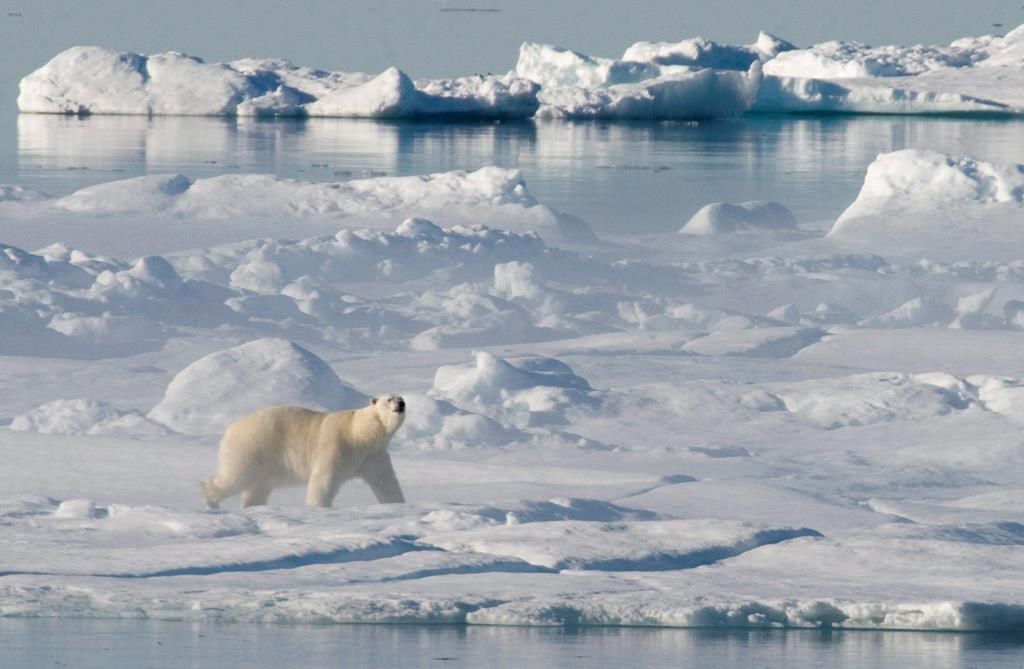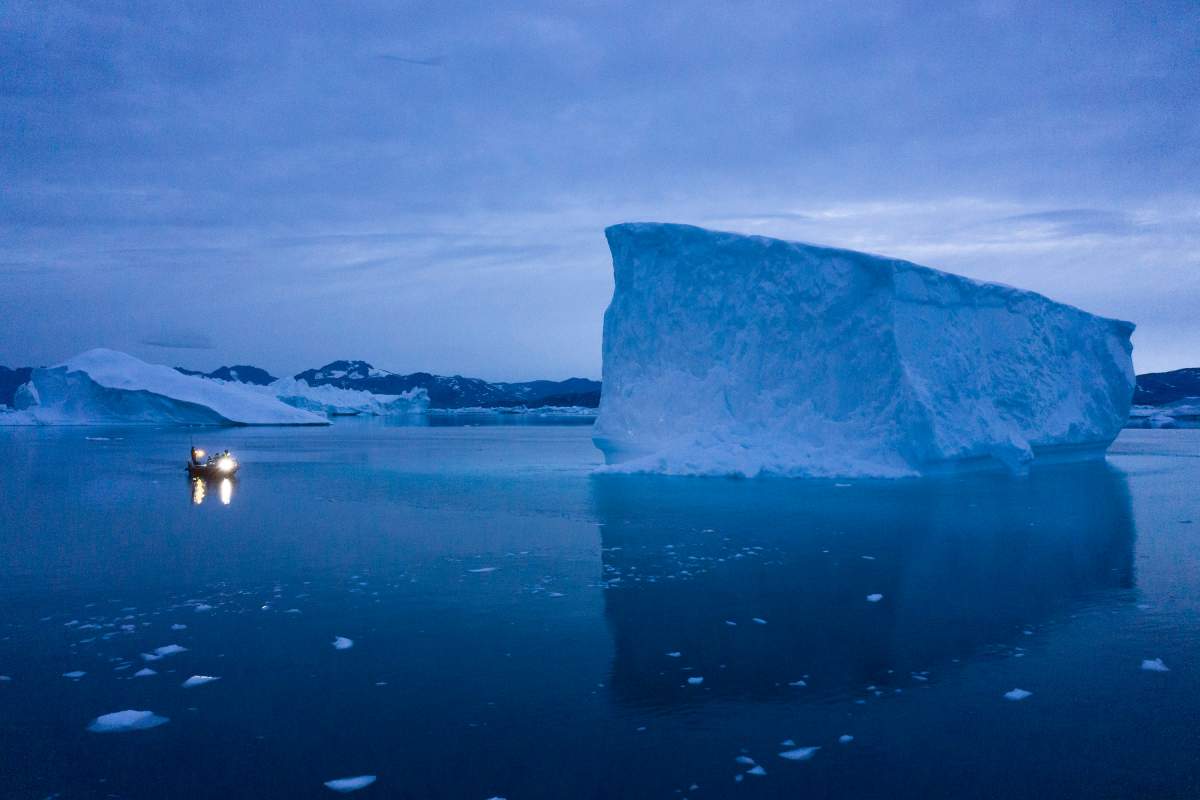The assessment, better known as the Arctic Report Card, presents a bleak glimpse into a future marked by dead seals, bald patches and a large bloom of algae roughly the size of California stretching off the coast of Greenland, potentially suffocating wildlife.
“As we remove sea ice from the surface of the ocean, we’re removing a really important light limitation to the system,” Karen Frey, one of the lead authors in the Arctic Report Card, said in an interview.
“We’re starting to see the prevalence of certain types of harmful blooms that are also being observed in marine mammals and seabirds and whales as well.”
Equally as concerning was the report’s conclusion that the Arctic already may have become a net emitter of planet-warming carbon emissions due to thawing permafrost, which researchers said would accelerate global warming.
Permafrost is the carbon-rich frozen soil that covers 24 per cent of the Northern Hemisphere’s land mass that stretches across Alaska, Canada, Siberia and Greenland.
The Arctic Report Card is an annual volume created by the National Oceanic and Atmospheric Administration of peer-reviewed environmental observations and analysis of ongoing Arctic changes. Its 14th iteration was released Tuesday at the American Geophysical Union’s fall meeting in San Francisco.
Compiled by 81 scientists from 12 nations, the 2019 report card tracked a number of environmental indicators that inform decisions by local, state and federal leaders.

‘Persistent’ warming

Get breaking National news
The report said the warming air temperatures are driving changes in the Arctic environment that affect ecosystems and communities on a regional and global scale.
At the centre of their findings was what researchers said was the Arctic’s “persistent” warming, which melted 77 per cent of the Arctic’s new layers of ice by March of this year. Since the 1980s, the Arctic’s ice has become “younger, thinner,” and “more fragile,” making it more likely to melt out in the summer, scientists said.
The Arctic continues to warm at a rate that is currently twice as fast as the global average, according to the report, a pace Frey said the region has been inching towards for several decades.
When the Arctic’s bright, white surfaces melt, they expose darker surfaces, accelerating warming and leading to declining sea ice and increased marine plant growth.
“The white surfaces of snow and ice reflect sunlight back to space, helping cool the Arctic region. The darker surfaces of land and ocean absorb sunlight, warming the Arctic region,” the report said.
The report card showed the average annual land surface air temperature in the Arctic between Oct. 2018 and Aug. 2019 was the second-warmest since 1900. Satellite records listed in the report showed significant levels of “greening” across most of the Arctic’s tundra regions, especially Alaska’s North Slope, mainland Canada, and the Russian Far East.
Researchers noted that the greening didn’t affect all regions. Others showed no changes or “browning,” like the Canadian Archipelago, southwestern Alaska, and parts of northwestern Siberia.

The amount of sea ice at the end of this summer was tied with 2007 and 2016 as the second lowest since satellite observations began in 1979, researchers found. The amount of snow covering the North American Arctic in May was the fifth lowest for that month in 53 years.
The report added that June snow cover was the third lowest measured, along with exceptionally early snow melt observed over the northwestern Canadian Arctic and Alaska during March — a month when maximum snow depth is normally reached.
Frey said all nine regions across the Arctic showed increasing trends in marine algae growth over the 2003–2019 period, with the strongest increases in the Eurasian Arctic, Barents Sea, and Greenland Sea regions.
Frey, who is also a polar scientist and associate professor at Clark University, said half of all photosynthesis occurs in the world’s oceans, which means half of the oxygen people breathe is generated by the high seas.
She highlighted the importance of the ocean in moving carbon around the planet, stressing that the inability to do so could be “especially troubling” for humans and wildlife in the region.
“In these remote communities, the ability to have an early warning system of when the top local blooms may be problematic for the ecosystems and ultimately to humans, really doesn’t sufficiently exist,” said Frey.
The near-extinction of species could be difficult to reverse because of how much time it takes for wildlife to grow and reproduce, but Frey said sea ice is relatively thin.
“What that means is that it may be relatively easy to grow it back as well under cooler conditions,” said Frey, who stressed the importance of a change in policy to avoid reaching a point of no return when it comes to the Arctic.
“You have to think that we as humans have the power to change policy such that sea ice in particular may be a reversible entity,” she said.












Comments